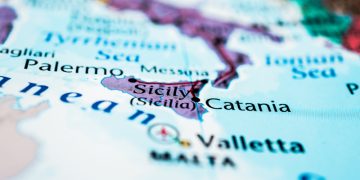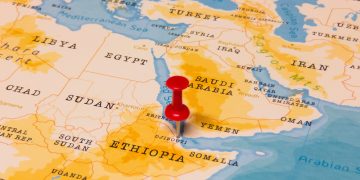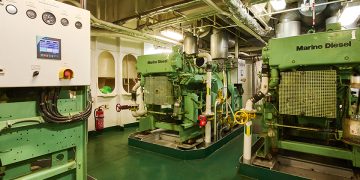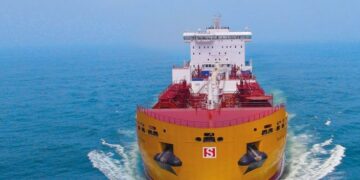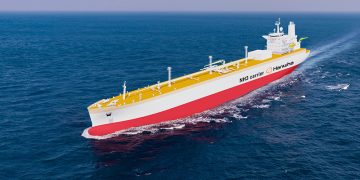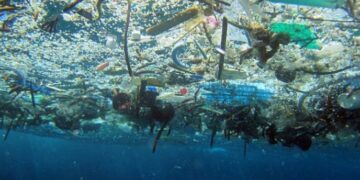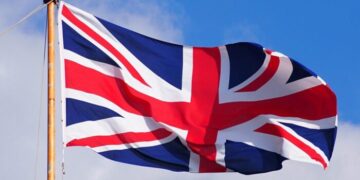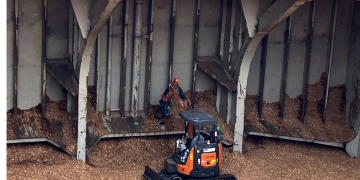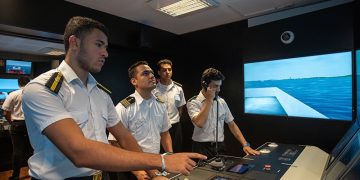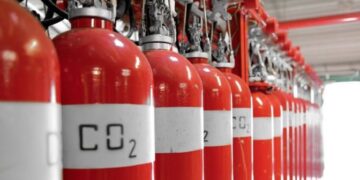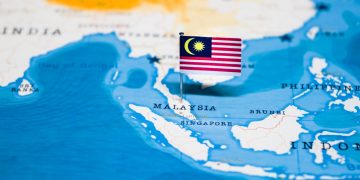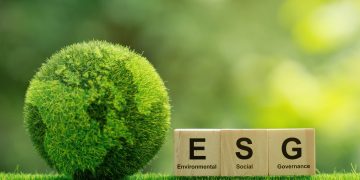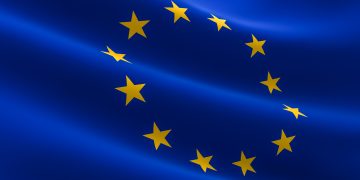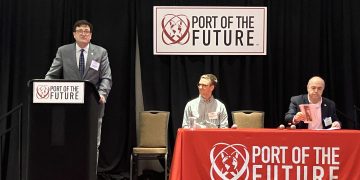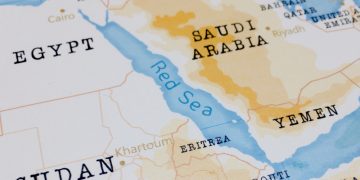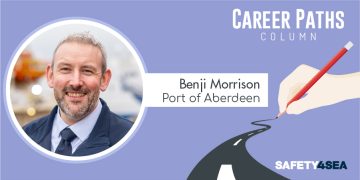Sustainable Shipping Initiative sets sustainability benchmark
The Sustainable Shipping Initiative (SSI) has announced that all of its members have signed a set of shared commitments to set a clear benchmark for sustainable practices. These shared commitments also aim to create greater clarity and momentum on the minimum needed across the industry if we are to achieve its vision of a truly sustainable industry by 2040. By signing up to the commitments, each member agrees to: Publicly report on sustainability Have a sustainability strategy that links to its core business Set clear reduction targets for environmental issues that are most material to their activities (as per their impacts and an agreed list) Deliver a positive impact on people and society These joint pledges set a baseline for sustainable practices throughout the SSI and will galvanise the individual efforts of participating companies. They are designed to create real transparency and accountability amongst the membership, serving to drive performance improvement. Most importantly, by delivering against these shared commitments, sustainability will become a core element of business strategy as well as a key barometer for decision-making, driving innovation, as well as progressive and more profitable change. The shared commitments will also be used as a guideline for new members’...
Read more



